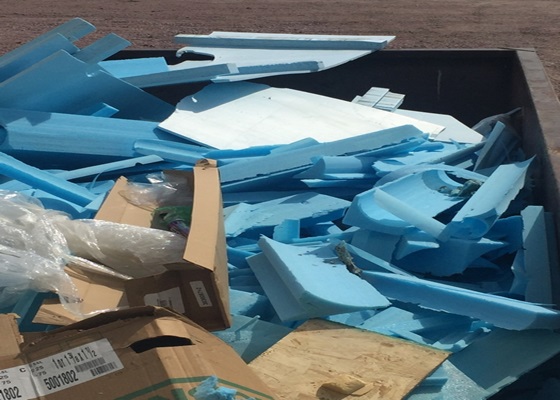How to recycle XPS foam board?
With the increase in the use of extruded polystyrene, insulation products such as XPS foam boards are increasingly appearing in our daily lives. Like EPS foam, XPS foam waste is bulky, lightweight, non-perishable, chemically stable, and resistant to microbial breakdown. These characteristics tell us that waste is impossible to throw away, and recycling extruded polystyrene foam is the right choice.
Why do we recycle XPS?
Due to its high thermal insulation efficiency, extruded polystyrene is often used as insulation board in building and construction. Not only does it save energy, it also helps keep the climate cooler. However, insulation board waste of all shapes and forms puts enormous pressure on the environment. They are not disposable, instead, if recycled in the right way, they become commodities that can be sold again.

Cracking catalyst
Any type of catalytic cracking of polystyrene waste produces styrene-based mixtures. Styrene is the main part of the crushing gas. After cooling and air conditioning, energy recovery and correction decomposition, the qualified styrene monomer and by-products are recovered, and the recovery price of styrene monomer is 70-85%.

Recycled for production of adhesives and coatings
XPS/EPS is mainly made of polystyrene, and it is also used as a special substrate for waterproof and barrier coatings. On the contrary, PS-based coatings have poor adhesion, but better film-forming performance, so for any type of coating, PS should be modified as a film-forming product.
Reuse to produce recycled PS pellets
One of the most important uses of the waste generated during XPS manufacturing is the ongoing production of recycled PS pellets and, in some cases, XPS sheets. This is currently the most used recycling technology.

Benefits of Recycling XPS and EPS
The significant waste reduction of Polystyrene is one of the main benefits of recycling, and it is easy to transport and purchase. Recycling helps reduce landfill pollution, a problem that poses a serious threat to the environment and animal survival. At the same time, recycling reduces the need for brand new products, which reduces energy consumption and labor costs.
Apart from effective management of polystyrene waste, recycling EPS and XPS waste is the most effective way to reduce your carbon footprint. Currently, leading recycling services are minimizing foam waste by pelletizing the foam and converting it into finished products for sale.
